In the previous article, we introduced the burial groups at the Giong Lon relic site (Long Son island commune, Vung Tau city, Ba Ria-Vung Tau province). Based on the documents of these burial groups, archaeologists will identify the cultural characteristics, relationships as well as the age of the relic.
In the previous article, we introduced the tomb groups at the Giong Lon relic (Long Son island commune, Vung Tau city, Ba Ria-Vung Tau province).
Based on the data of these groups of tombs, archaeologists will identify the cultural characteristics, relationships and age of the relics.
In this article, based on the analysis of burial data, we will indicate the chronology and stages of development of this special burial site.
In 2002, when it was first discovered, archaeologists from the Vietnam Museum of History believed that the Giong Lon relic was as old as Giong Ca Vo.
After two excavations in 2003 and 2005, based on the overall site and artifacts found, archaeologists believe that the Giong Lon site dates back later than Giong Ca Vo, around the 1st - 2nd century AD.
However, this is only the latest date of the relic, and the excavators at that time had not yet distinguished the early and late stages of the burial site. Therefore, in this section, we will discuss in more detail the bases for determining the chronological framework for the relic as well as pointing out its development stages.
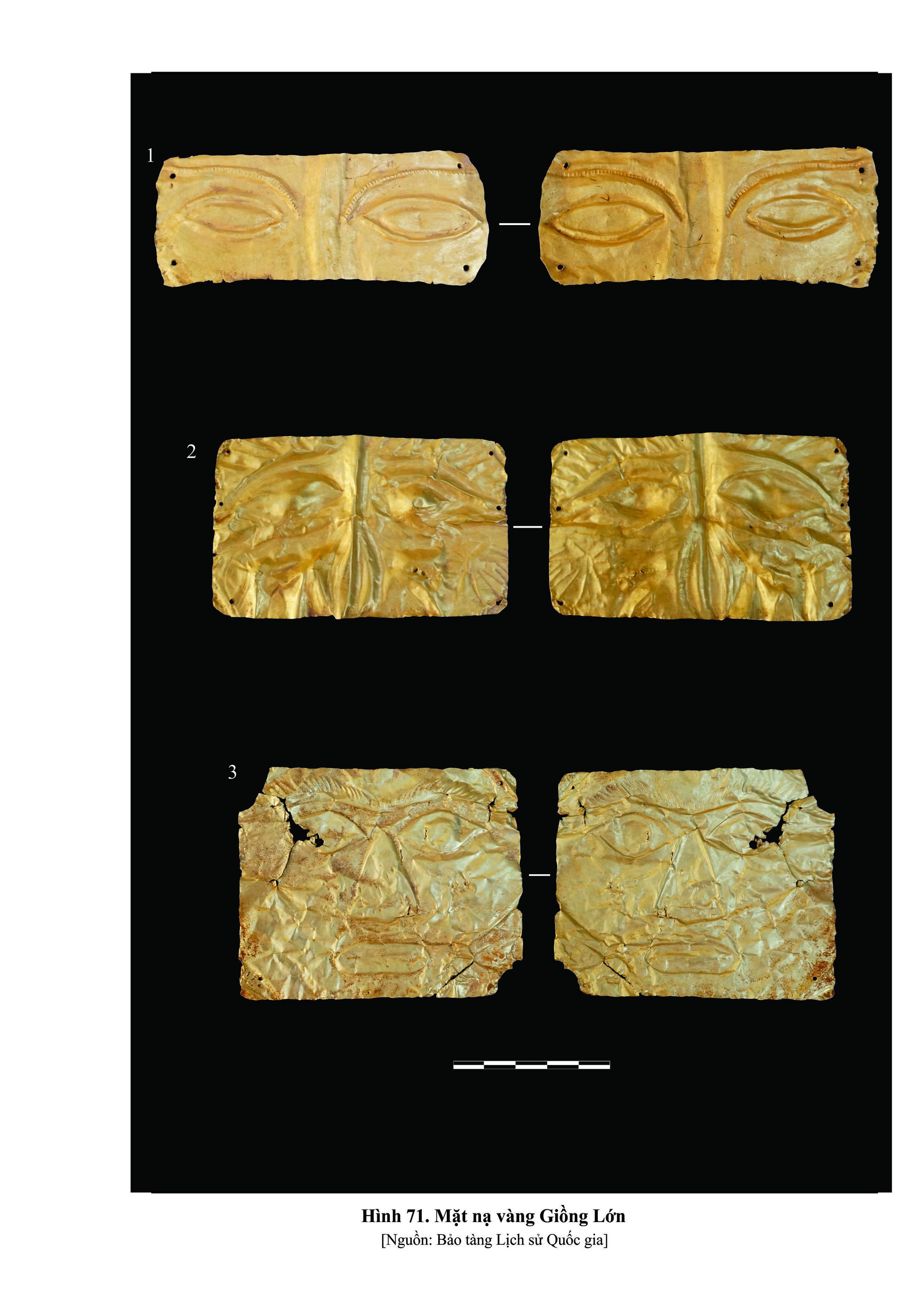
Golden mask through archaeological excavations in Giong Lon, Long Son Island, Vung Tau City, Ba Ria-Vung Tau Province, belonging to Oc Eo culture.
Based on the analysis of burial data, we believe that the Giong Lon relic site has two development stages as follows:
- The early stage is around the 3rd - 2nd century BC, represented by the north-south oriented earthen tomb group (tomb group 1) and type 1 pot tomb.
When studying Iron Age burial sites in Southern Cambodia and Southern Vietnam, archaeologists realized a common trend: graves dating from the 3rd - 2nd century BC often had their heads facing south, that is, buried along the north-south axis like the group 1 graves in Giong Lon.
Besides the characteristics of the tomb orientation, the burial objects in these tombs also reflect their early age.
Funerary objects in group 1 tombs are mainly pottery, stone objects and glass beads. Meanwhile, iron and bronze objects as well as jewelry made of agate, agate and quartz are very rare, while gold objects are completely absent.
Funerary pottery is mainly pots and bowls, made of coarse sand-based ceramics. The black bone and white-coated ceramics, which are typical of early Oc Eo sites, are very rare, with 8/51 specimens.
The stone artifacts consist mainly of nephrite stone rings and sea pebbles. However, the presence of monochromatic "Indo-Pacific" glass beads also suggests that the group of burials cannot be earlier than the 3rd century BC.
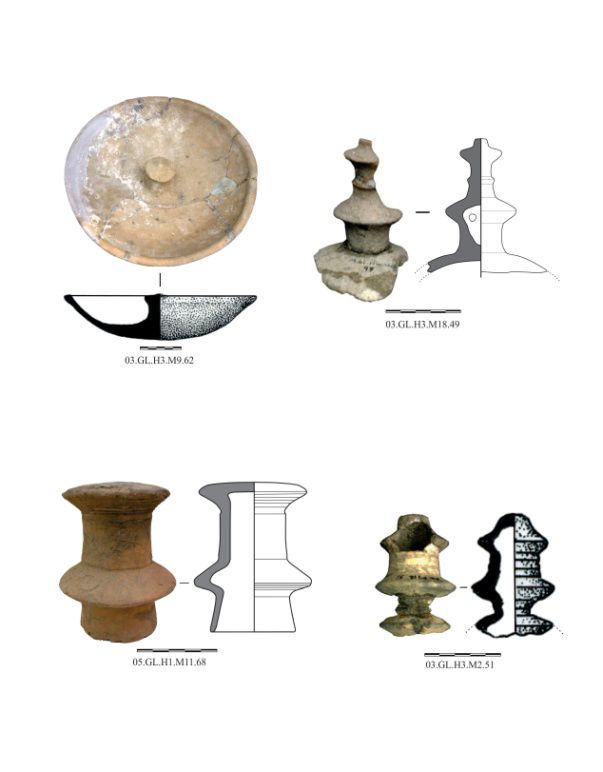
In addition to archaeological dating, two group 1 graves were absolutely dated by radiocarbon dating. The charcoal sample taken from grave 03.GL.H2.M1 yielded a result of 2220 ± 70 BP, while the charcoal sample taken from grave 03.GL.H2.M2 yielded a result of 2680 ± 55 BP.
While the absolute age of M1 is quite consistent with the artifacts in the tomb (this tomb has 209 glass beads), the C14 result of M2 seems too early compared to the burial relics, because in this tomb there is a type of bowl made of black bone ceramic with white coating.
In summary, with the above mentioned characteristics, it can be seen that the early stage of Giong Lon was around the 3rd - 2nd century BC and still belonged to the Iron Age.
- The late period ranges from the 1st century BC to the 1st - 2nd century AD, represented by the group of earthen tombs with an east-west orientation (tomb group 2) and type 2 pot tombs. If in the 3rd - 2nd century BC period, tombs often tended to face south, in the later period, tombs faced east or west, as in the case of the Phum Snay relic in southern Cambodia.
This feature is quite similar to the earthen tombs in Giong Ca Vo and Giong Phet. The burial objects in tomb group 2 have characteristics that show its late nature.
In the group of ceramic burial objects, some types rarely seen in group 1 began to become popular (such as small jars or bowls made of black bone china with white coating) or new types appeared (such as concave lids with knobs, teapots, ceramic pillars, bird statues or bowls with pillar legs).
In the Stone Age, jewelry made of agate, agate or quartz began to appear and became popular. Iron objects were also more present in tombs. Although bronze objects were still rare, the presence of Ngu Thu coins is also worth noting.
Most notable is the presence of gold burial objects, in the form of beads, earrings and masks. These features indicate that group 2 cannot date earlier than the 1st century BC.
In addition, elements of the Oc Eo culture began to appear in the burial collection of this group of tombs. Early Oc Eo elements can be identified through the following types of artifacts:
+ In terms of ceramic materials, there is an increase in fine ceramics, black bone and white coat.
+ The appearance of new types of pottery such as crab basket-shaped pots with narrow mouths and necks; concave ceramic lids with knobs; some ceramic pillars; bowls with pillar legs.
+ The widespread presence of gold burial objects; the phenomenon of burying gold leaves in graves.
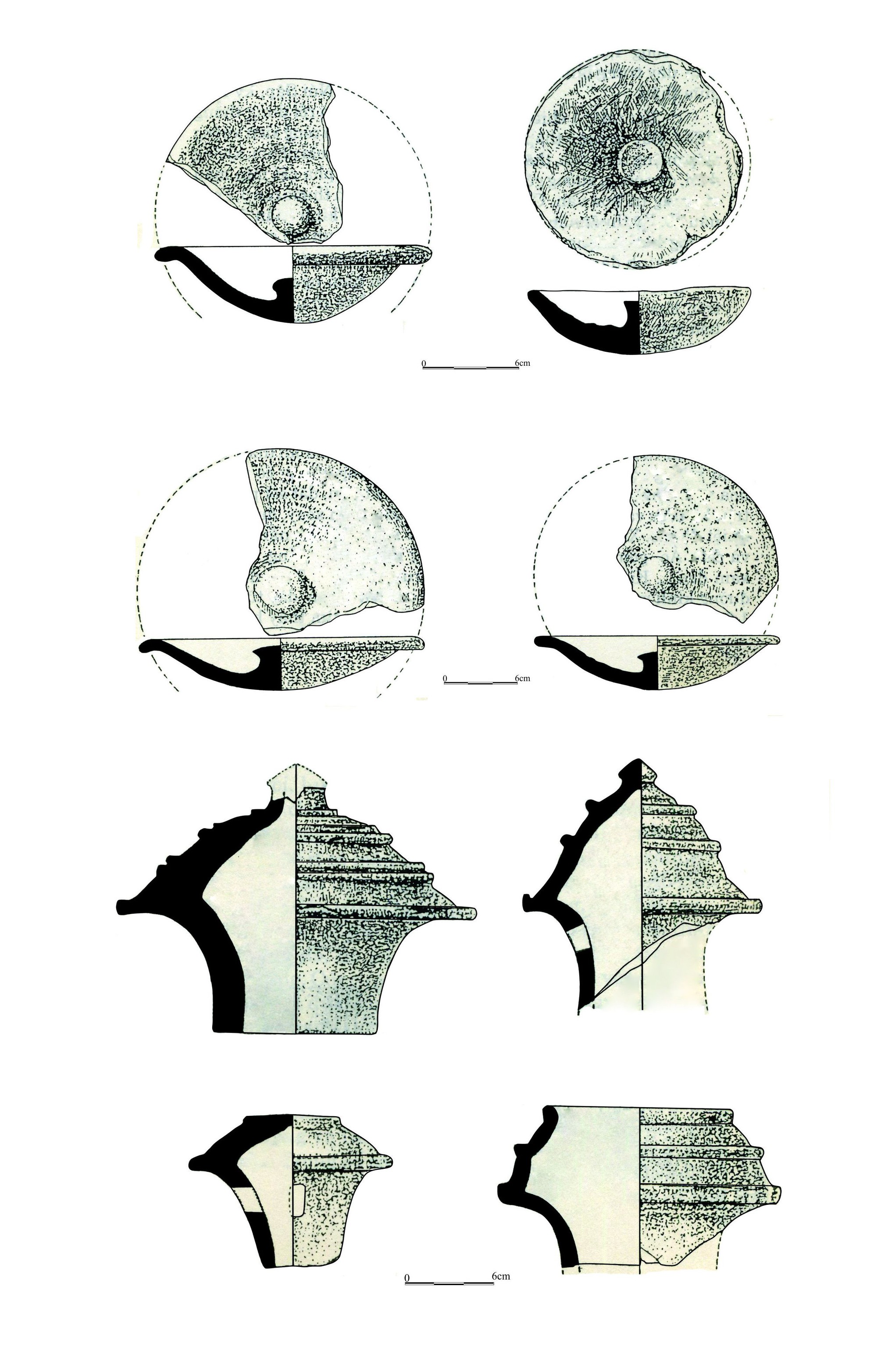
Ceramic lids and ceramic pillars in Giong Lon through archaeological excavations in Long Son commune, Vung Tau city, Ba Ria-Vung Tau province (left) and in Oc Eo culture (right)
In the collection of burial objects from Giong Lon in this period, there are specimens of black bone pots with white coats with narrow necks and mouths, and ceramic pillars in the shape of lathes, which are artifacts commonly found in Oc Eo relics.
It is noteworthy that the concave cap specimen with knob in Giong Lon is very similar to the specimen of the same type in Giong Xoai ( An Giang ).
We know that the lid is one of the common types of Oc Eo culture, in which the lid with a hooked rim often appears in the early stage, while the concave lid with a knob often dates later.
This shows that the late period of Giong Lon was completely within the category of Oc Eo culture. Collecting gold objects also contributes to strengthening this opinion, because the preference for using gold as jewelry and burying it in graves is a characteristic of Oc Eo culture.
The embossed earring of Giồng Lớn is very similar to the specimen of the same type in Malleret's collection. The human face on mask number 05.GL.H1.M1.88 is also very similar to the embossed face on a gold artifact that Malleret collected in Óc Eo in 1944.
The gold bead patterns of Giồng Lớn are also present in Malleret's collection. In addition, the type 2 pot tomb with lid at Giồng Lớn can also be compared with the jar tomb discovered in the early cultural layer at the Ba The site in 1998.
Thus, through the characteristics of the relics and artifacts mentioned above, it can be seen that the chronological framework from the 1st century BC to the 2nd century AD for the late period of Giong Lon is completely reasonable.
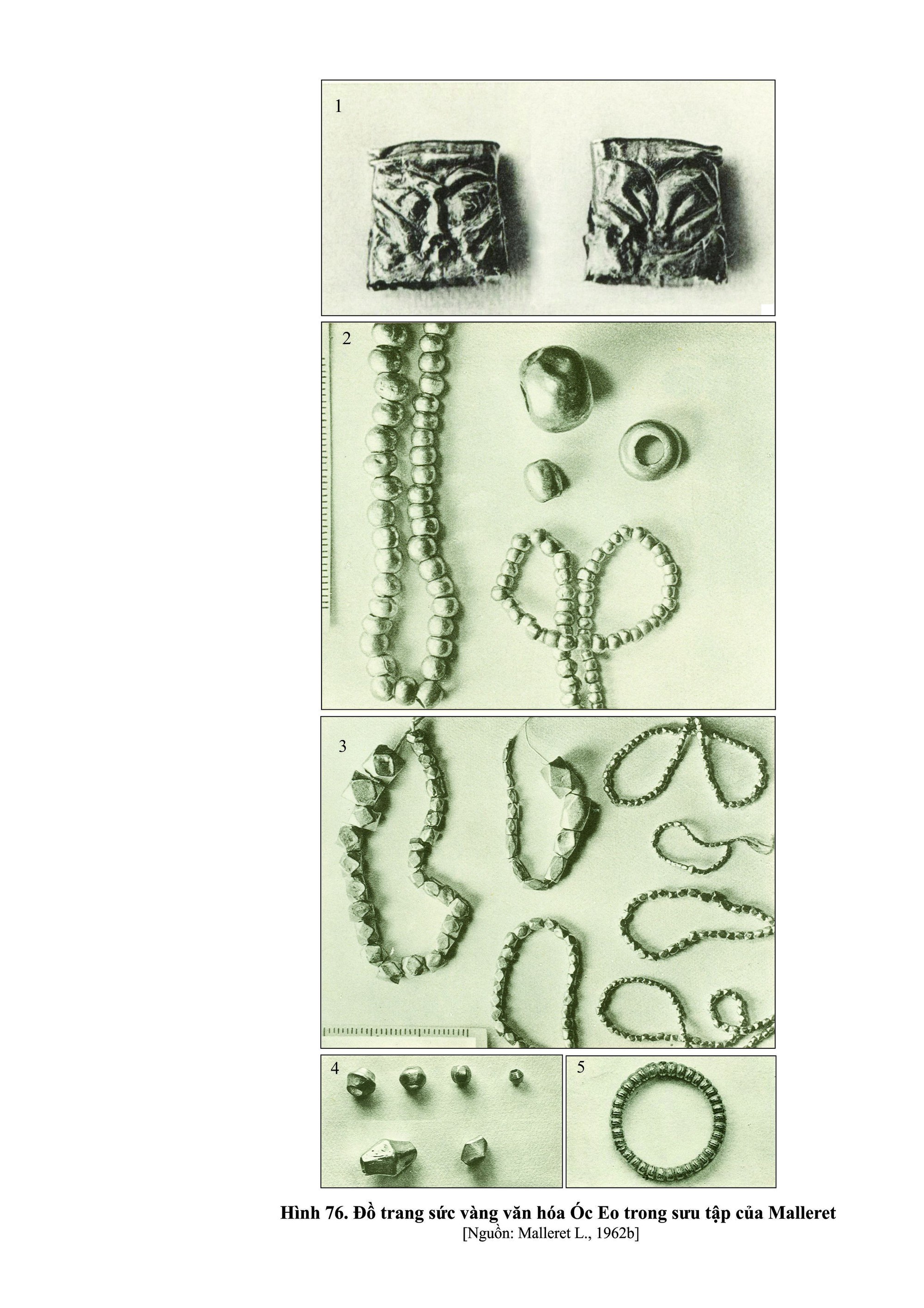
Jewelry made of yellow gold from the Oc Eo culture.
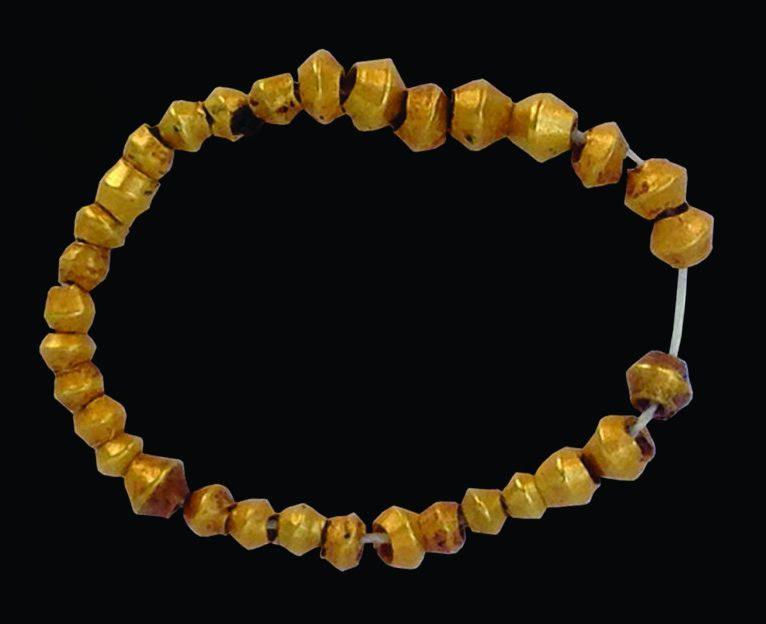
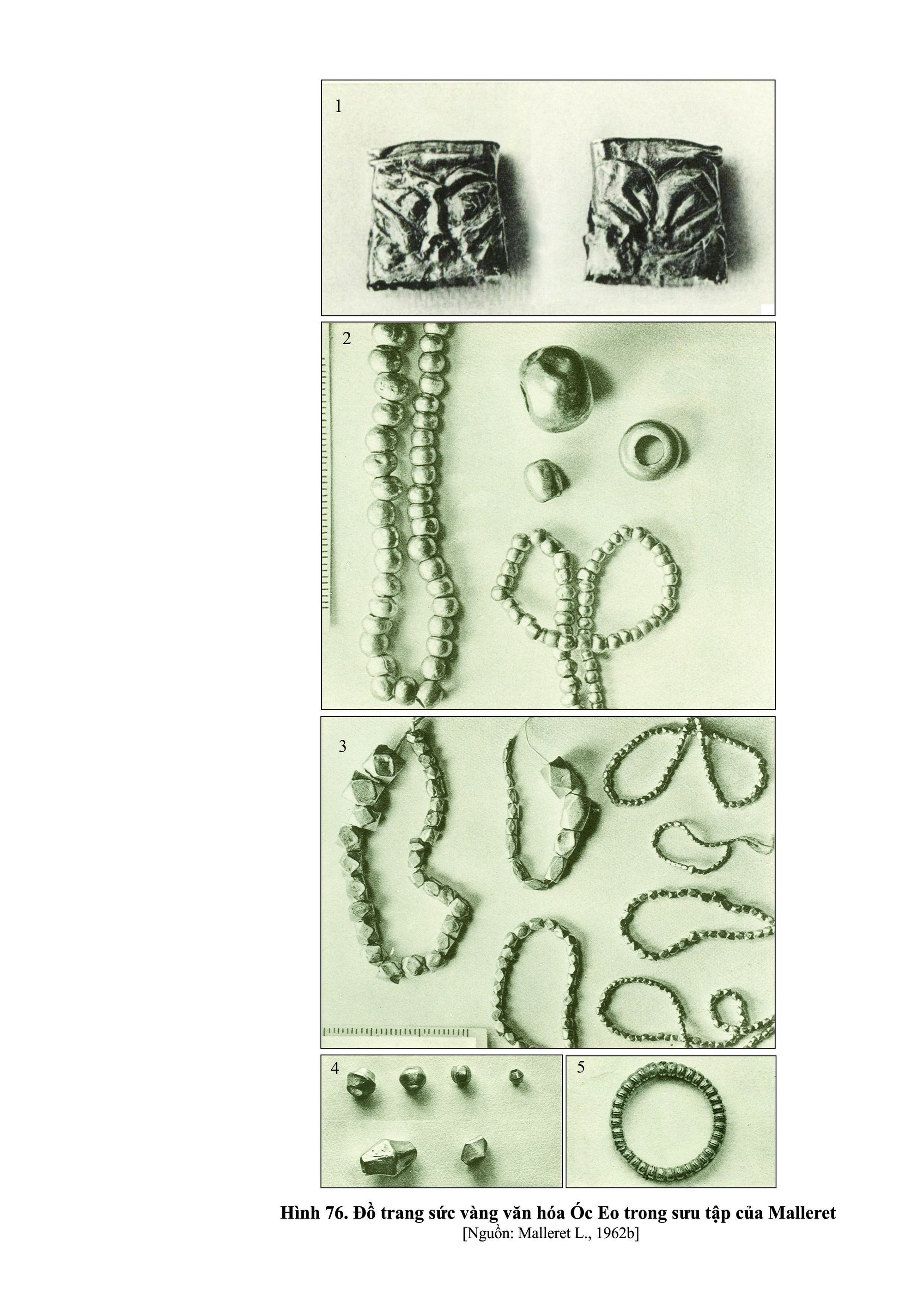
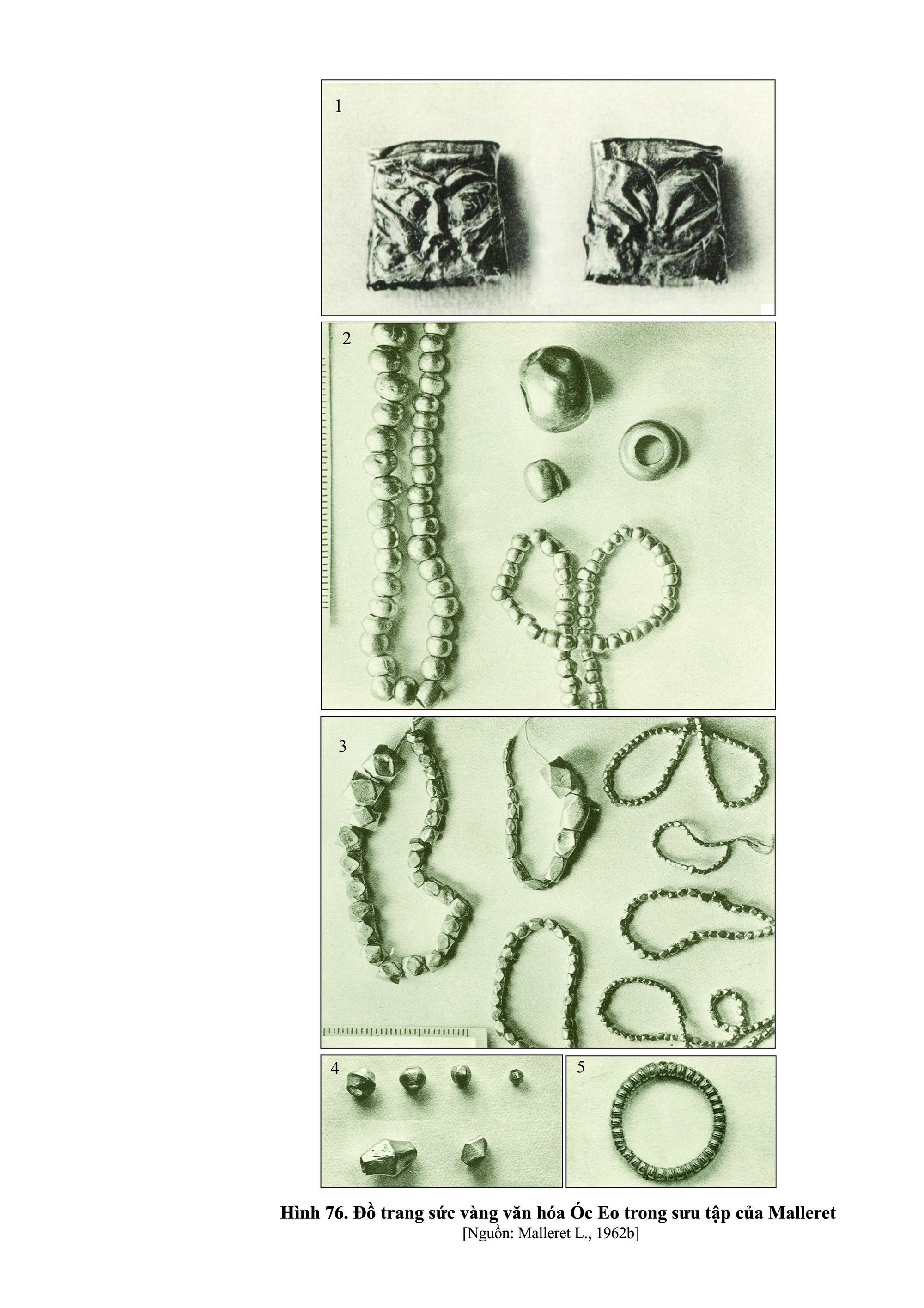
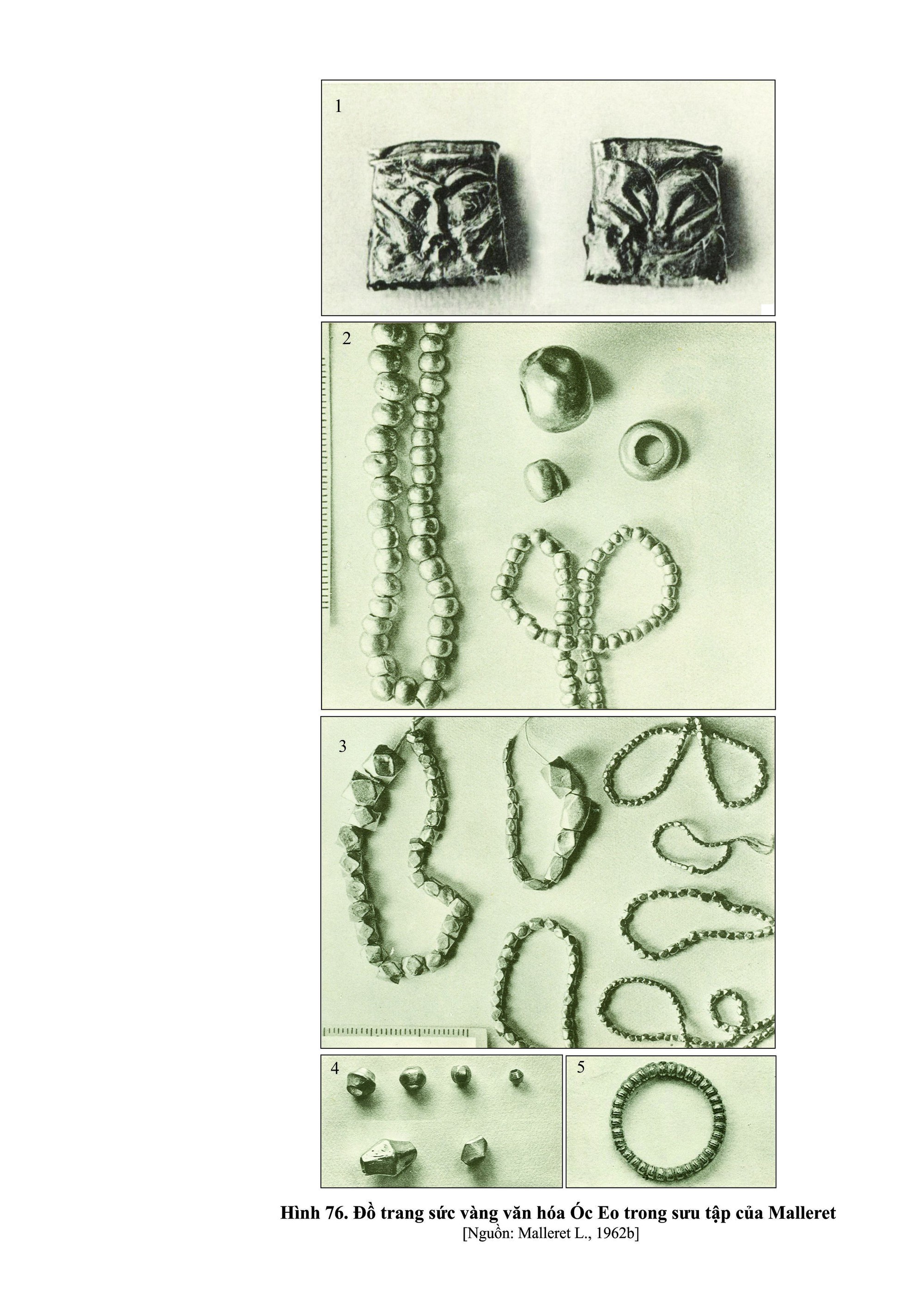
Similarities in some types of gold jewelry between Giong Lon (left) and Oc Eo (right)
In summary, the Giong Lon site dates from around the 3rd century BC to around the 2nd century AD, with the early phase dating from around the 3rd - 2nd century BC, represented by group 1 earthen tombs and type 1 pot tombs; the late phase existing from around the 1st century BC - 2nd century AD, represented by group 2 earthen tombs and type 2 pot tombs, which is the peak period of the site. This chronological framework shows that Giong Lon developed from the end of the Protohistoric period to the Early Historic period, or in other words, from Pre-Oc Eo to Oc Eo - a pivotal historical period of the region.
Truong Dac Chien
References
Nguyen Thi Hau 1997. Jar burial relics in the Southeast region - New discoveries in Can Gio, Ho Chi Minh City, PhD thesis in History, Institute of Social Sciences in Ho Chi Minh City, Ho Chi Minh City.
Vu Quoc Hien, Le Van Chien, Chu Van Ve 2004. Report on archaeological excavation results of Giong Lon relic (Long Son - Vung Tau) in 2003, documents of the National Museum of History.
Vu Quoc Hien, Truong Dac Chien, Le Van Chien 2007. "Second excavation of Giong Lon relic (2005)", Scientific Bulletin, Vietnam Museum of History, pp. 19 - 43.
Ngo The Phong, Bui Phat Diem 1997. Report on excavation results of Go O Chua site (Vinh Hung, Long An), Documents of National Museum of History.
Reinecke A., Laychour V., Sonetra S. 2009. The First Golden Age of Cambodia: Excavation at Prohear, Bonn, Germany.
Dang Van Thang, Vu Quoc Hien, Nguyen Thi Hau, Ngo The Phong, Nguyen Kim Dung, Nguyen Lan Cuong 1998. Prehistoric and Protohistoric Archaeology of Ho Chi Minh City, Tre Publishing House, Ho Chi Minh City.
Source: https://danviet.vn/mot-hon-dao-o-ba-ria-vung-tau-phat-lo-mo-tang-la-liet-hien-vat-co-trang-suc-bang-vang-oc-eo-20241117150035799.htm


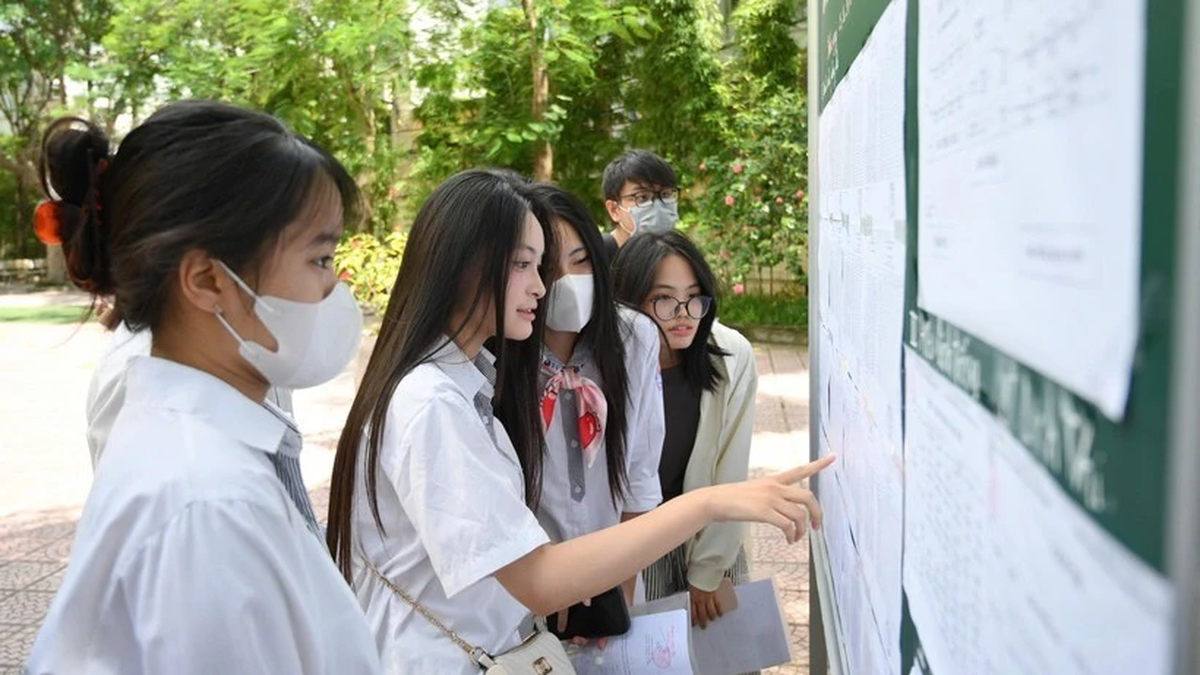


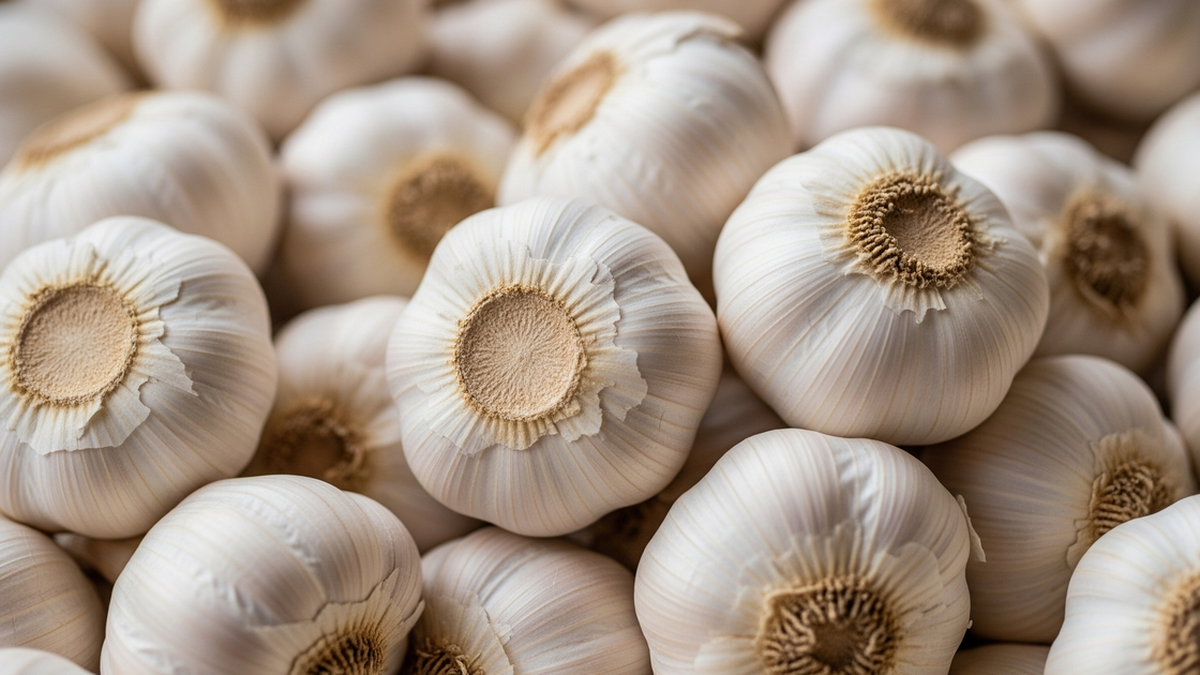

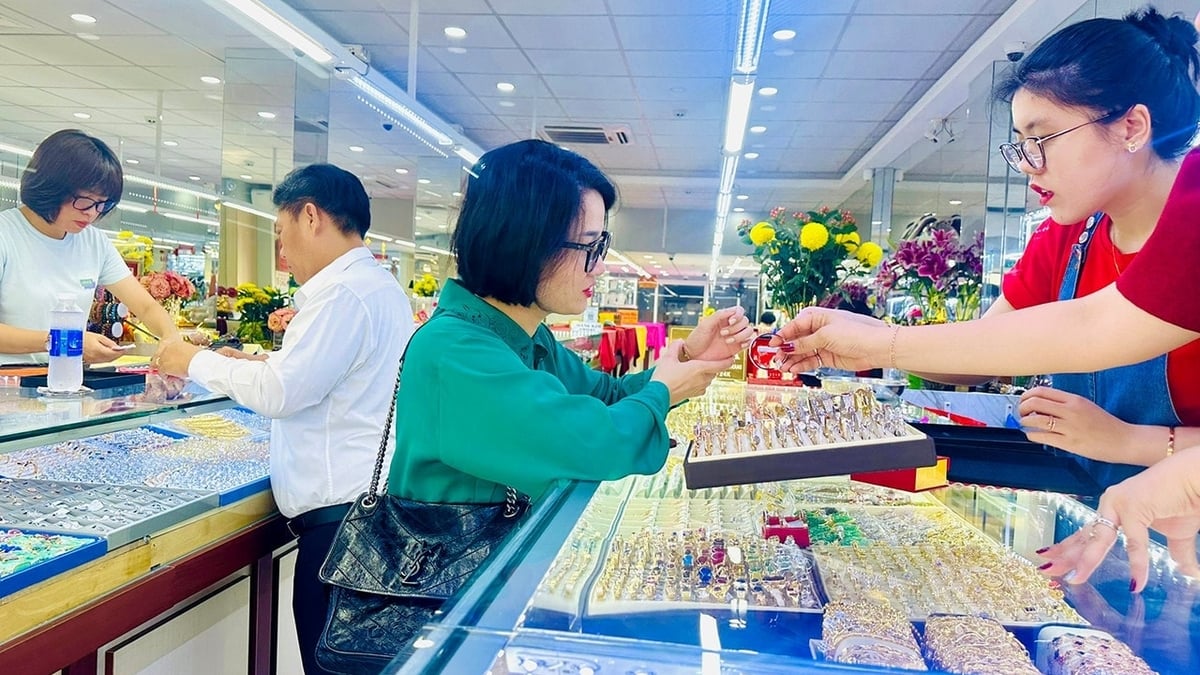


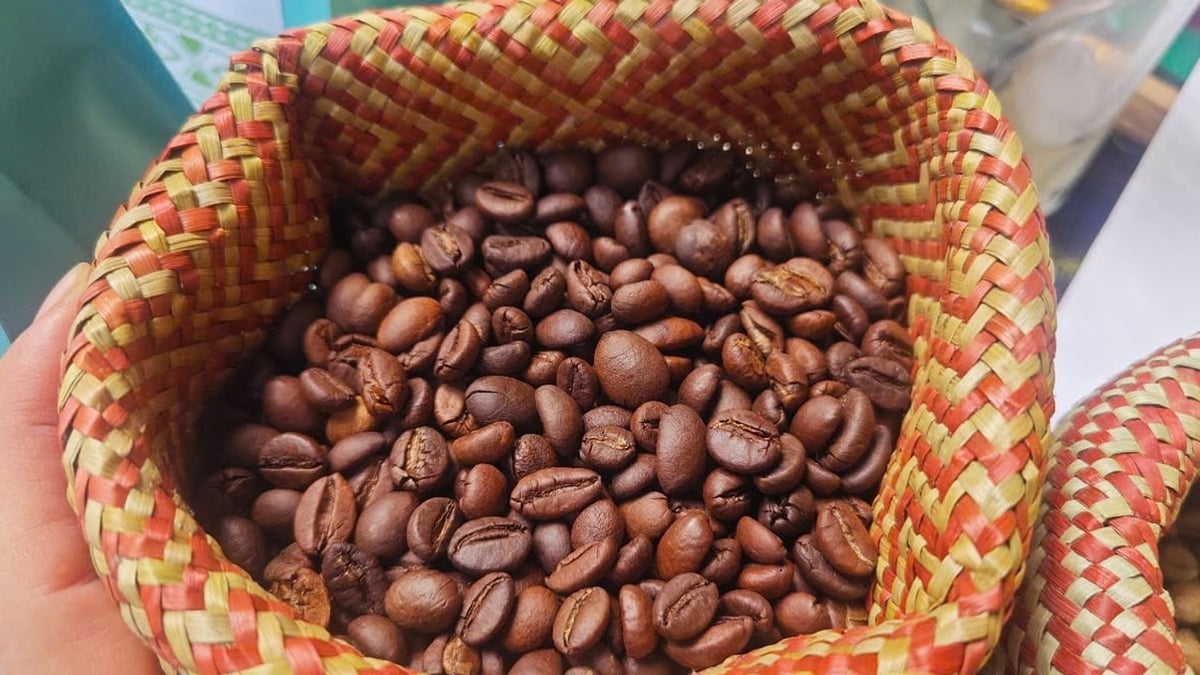






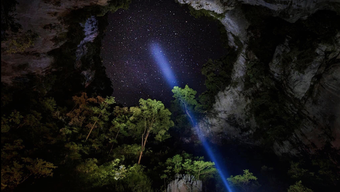
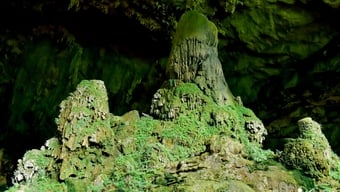
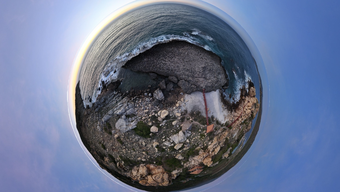








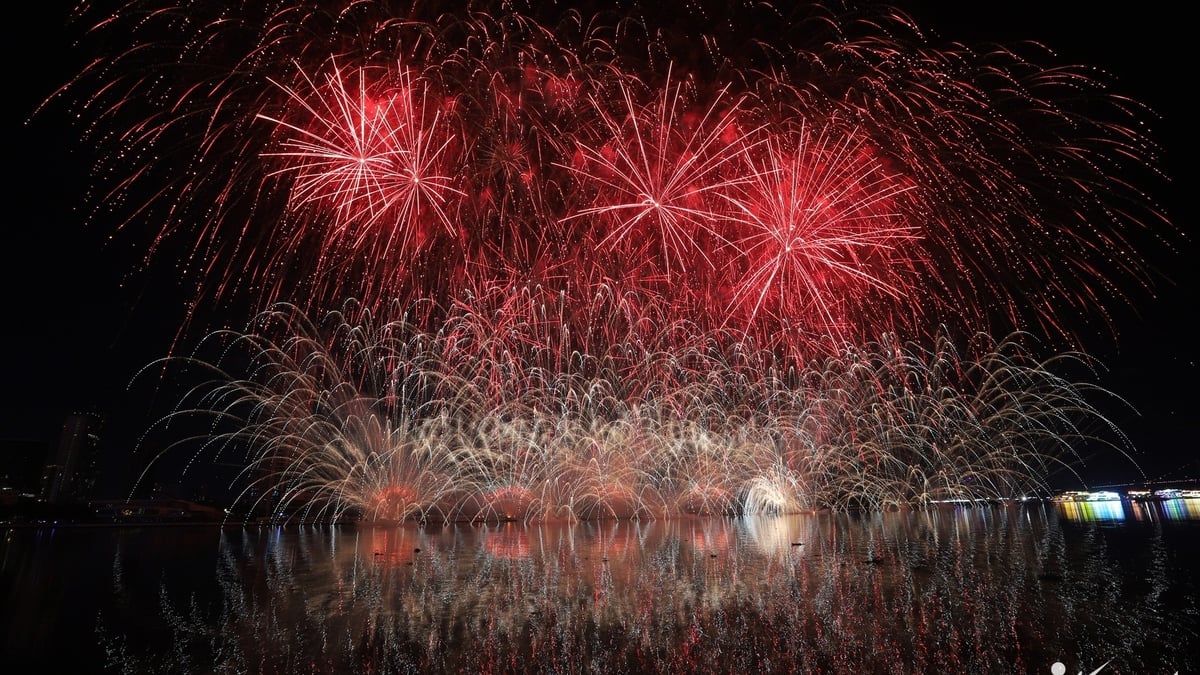



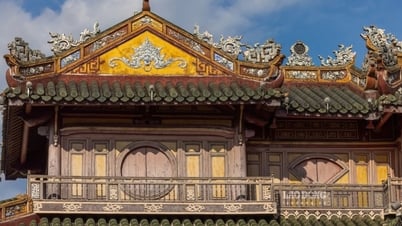

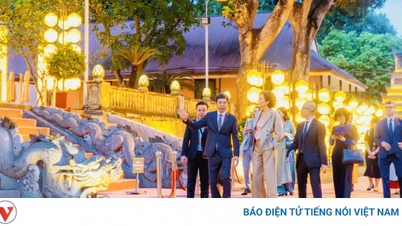

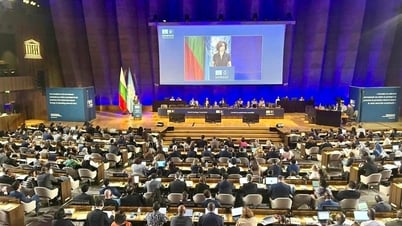

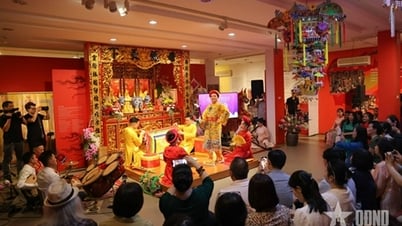


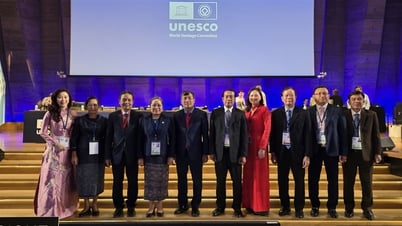





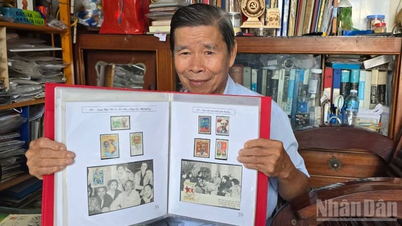
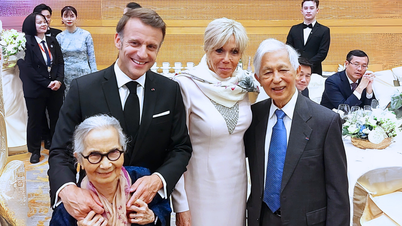














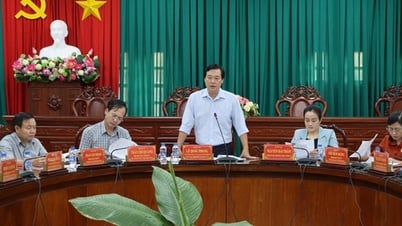


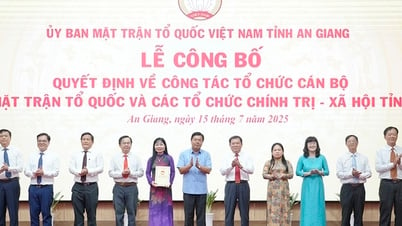


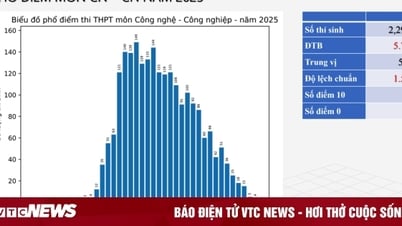


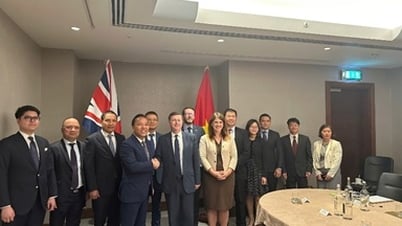
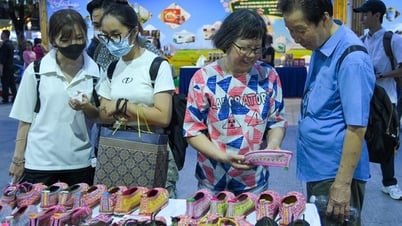

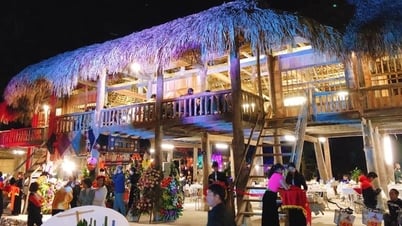

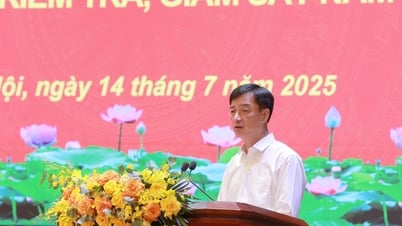

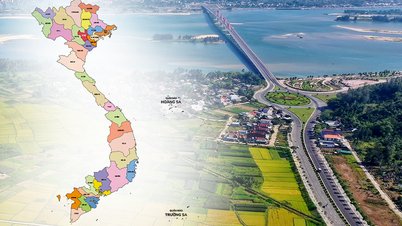
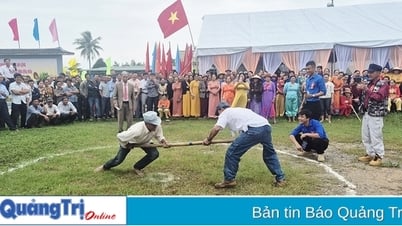

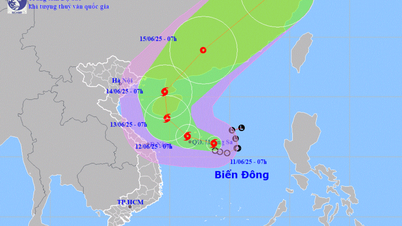

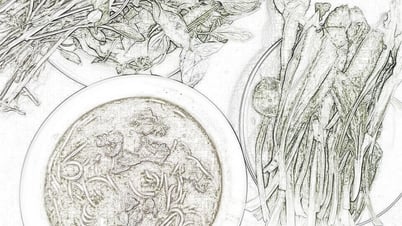
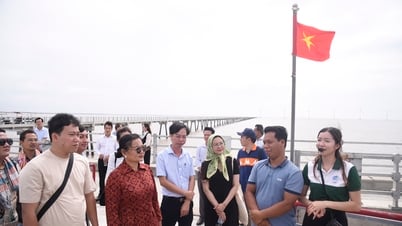
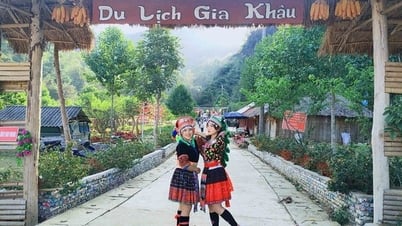


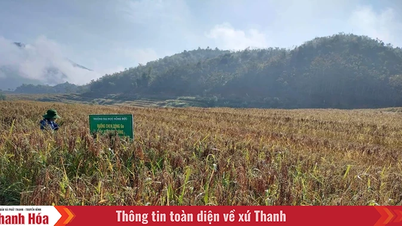

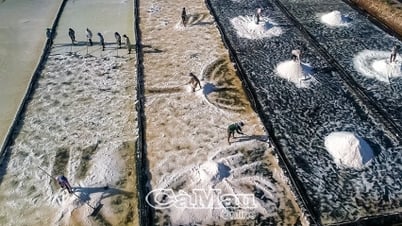

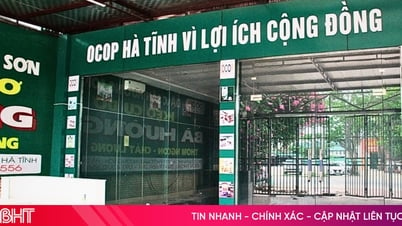

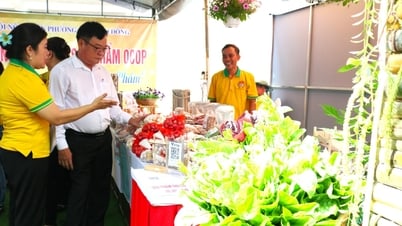


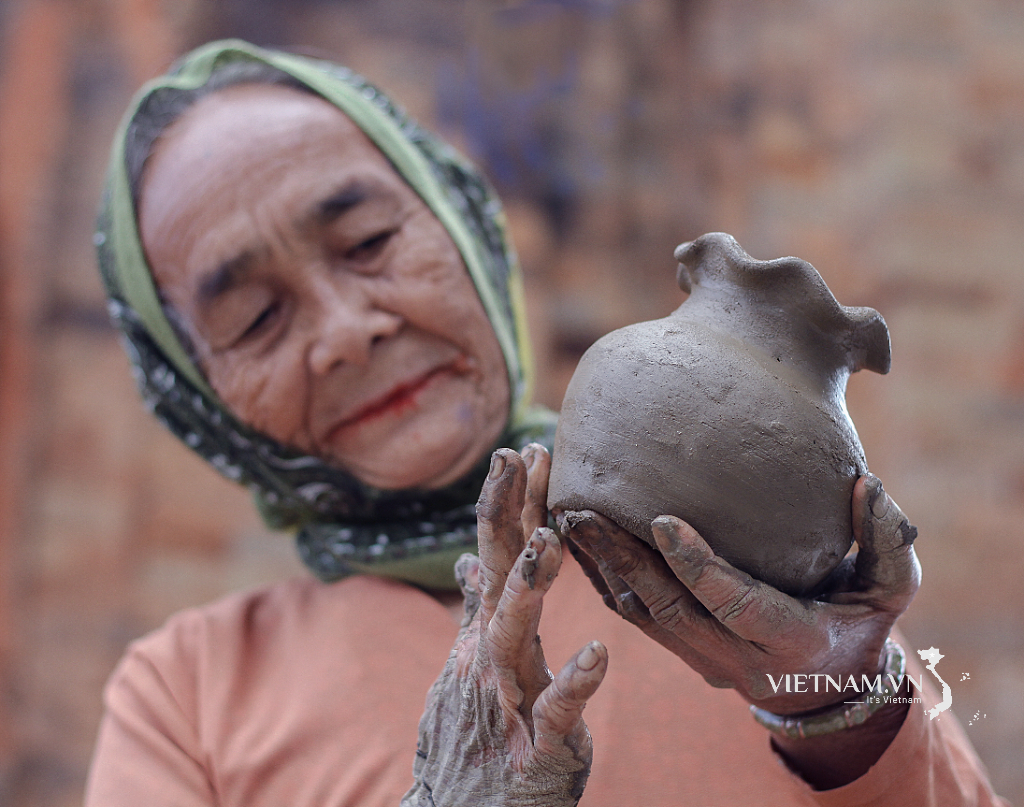
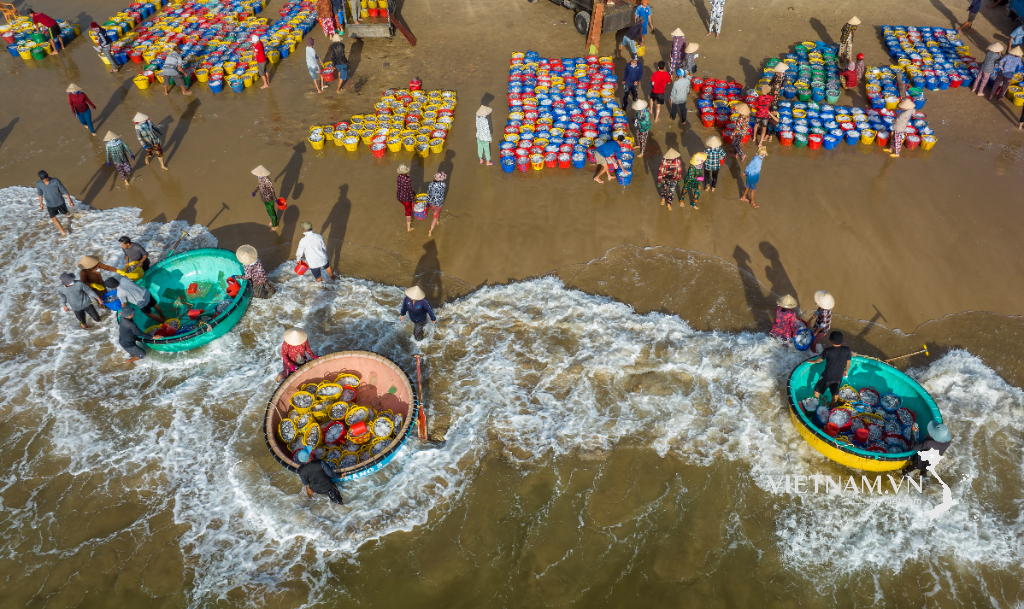
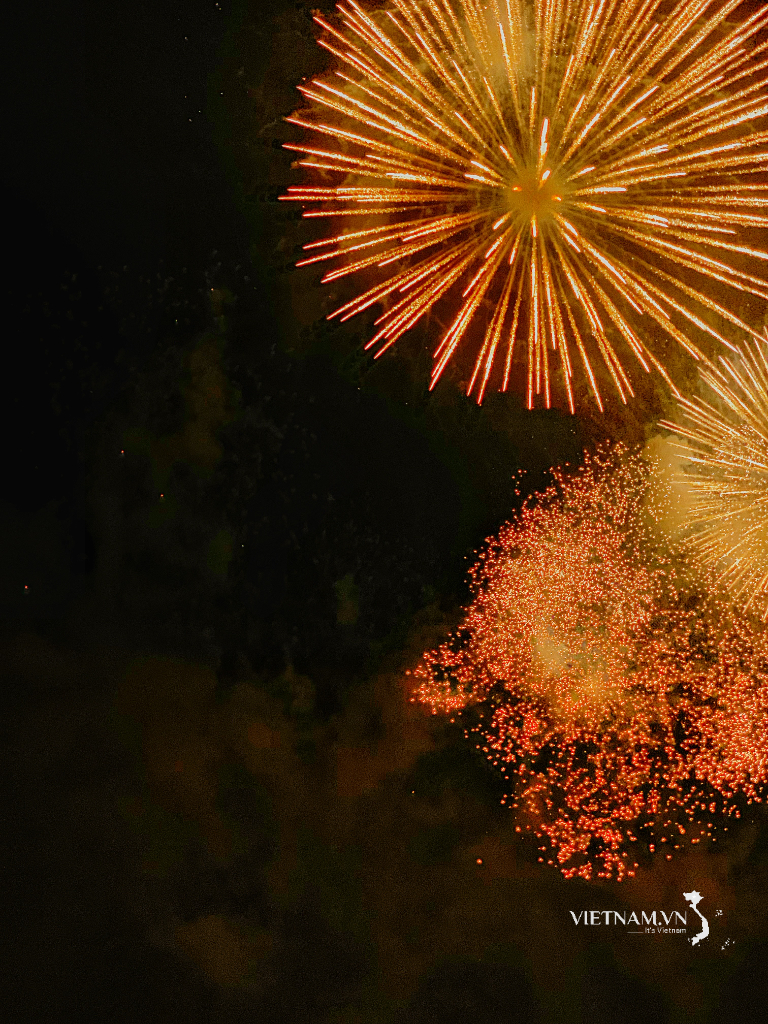

Comment (0)